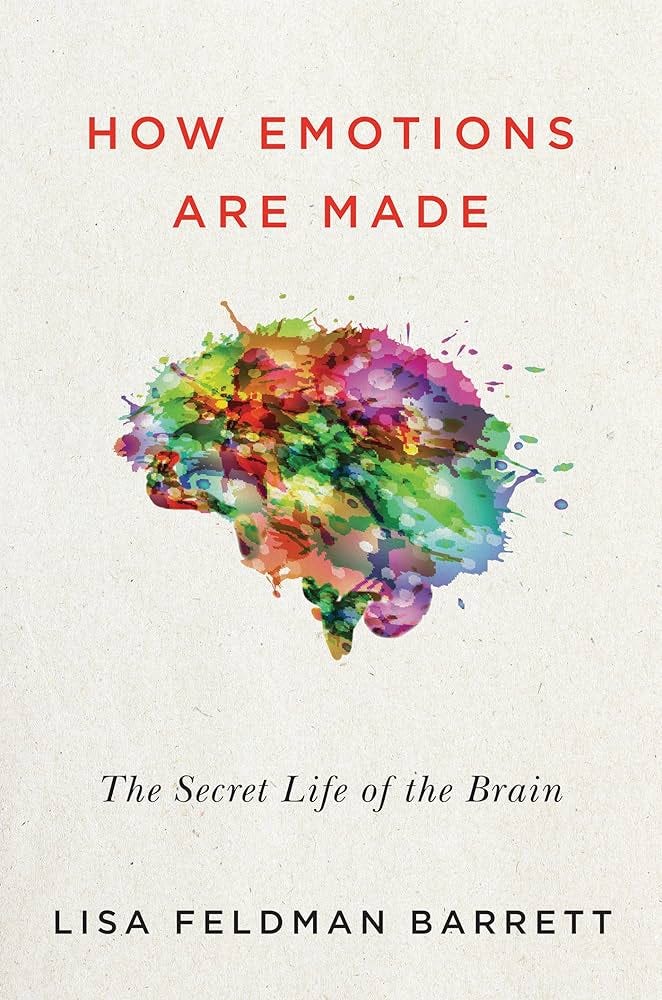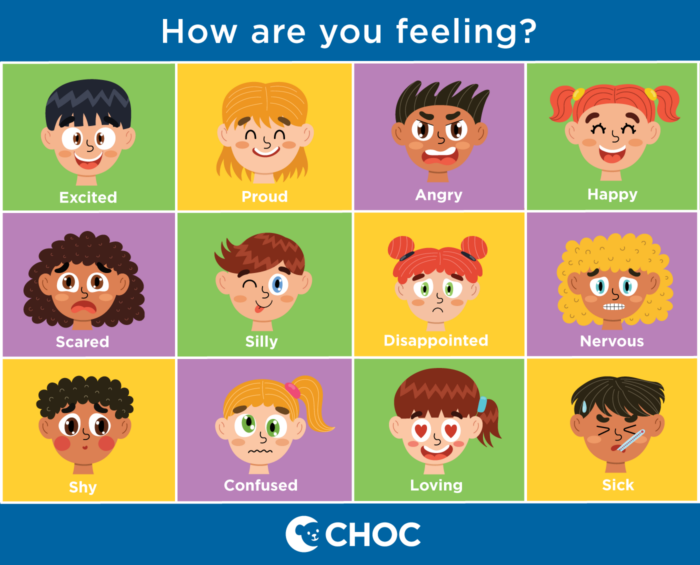What to Read Next: What It Means to Get to Know Someone
Issue #361, featuring David Brooks and Lisa Feldman Barrett
My heart goes out to all those affected by the fires in L.A. Wildfire has become part and parcel of living in the West and it’s always terrifying seeing the images on TV, let alone in your own backyard. Above all, stay safe, and keep your loved ones close. In times like these, I like to re-read this article by author Rebecca Makkai to remind myself that it’s okay to enjoy books in the midst of tragedy.
Happy Friday, readers!
I’ve unintentionally started the year on a bit of a psychology and sociology kick. I heard enough good things about David Brooks’ How to Know a Person that I finally grabbed it from the library. Some of the ideas in that book reminded me that Lisa Feldman Barrett’s How Emotions Are Made had been on my list for years. As it so often happens, one book directly led to another, and the combination made for a more powerful reading experience.
Let’s jump in!
P.S. Here’s a bit about the future of Read More Books, in case you missed it earlier this week.
How Emotions Are Made: The Secret Life of the Brain by Lisa Feldman Barrett
From an early age, children are taught emotions by identifying various facial expressions in a book or handout. Sad faces, happy faces, angry faces — you know exactly what I’m talking about, because adults also encounter these images in doctor’s offices, on mental health apps, and more.
It’s a fine start for an emotional education, but the problem is that it never really goes any further — we don’t get further lessons on the nuances of emotions. As Lisa Feldman Barrett points out in her illuminating 2017 book, emotions are far more complex and, in fact, don’t have an identifiable “signature” of any kind, either on the face or in the brain.
Over the course of a few hundred pages, Feldman Barrett gives readers something like an Emotions 201 course for adults, providing both the science of our emotional life as well as tips for being more emotionally intelligent towards ourselves and others.
She also includes some sociological ideas about just how influential emotions are in our lives and culture, which seemed obvious after hearing it: from elections to the legal system to major individual life choices, nearly every facet of society is guided by or impacted by emotions.
Along the lines of Sapiens and An Immense World, this is one of those books that can fundamentally change how you view and walk through the world. This one includes a bit more of the actual science, but is just as eye-opening (especially when Feldman Barrett talks about the mind-body connection). How Emotions Are Made can and should be read by just about everybody.



